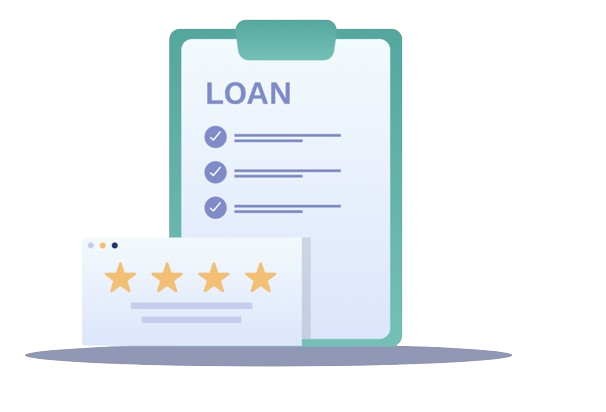
Business Financing Solutions for Your Company’s Growth
Looking for the right funding to expand your business, upgrade equipment, or manage seasonal cash flow? Business loans provide the capital you need to meet your goals. With options available from both traditional banks and alternative lenders, it’s essential to understand the eligibility criteria and differences among them.
This guide provides comprehensive information on business financing options available to support your growth. Whether you need a term loan, line of credit, or specific funding for equipment, you’ll find all the details here.




